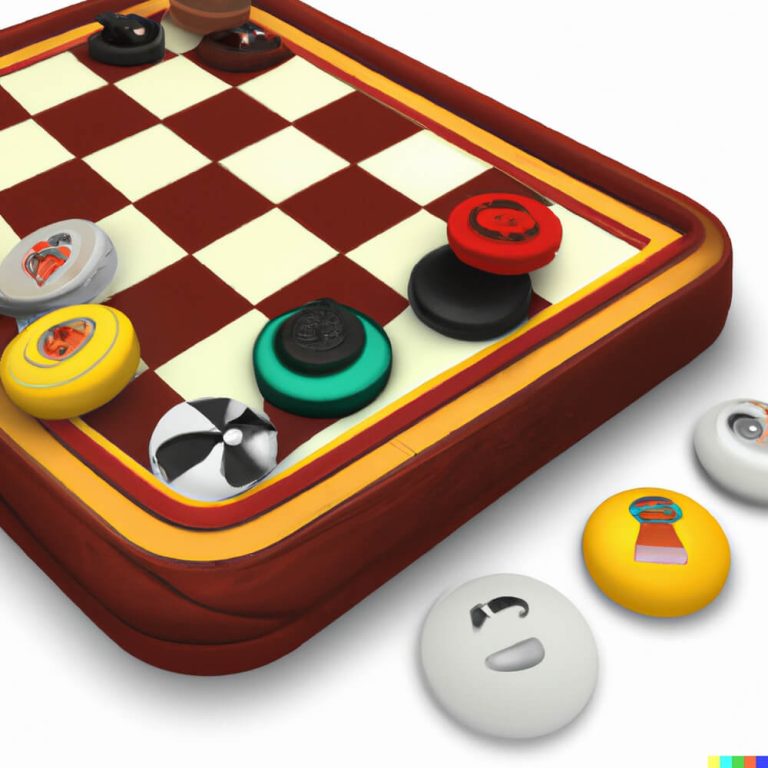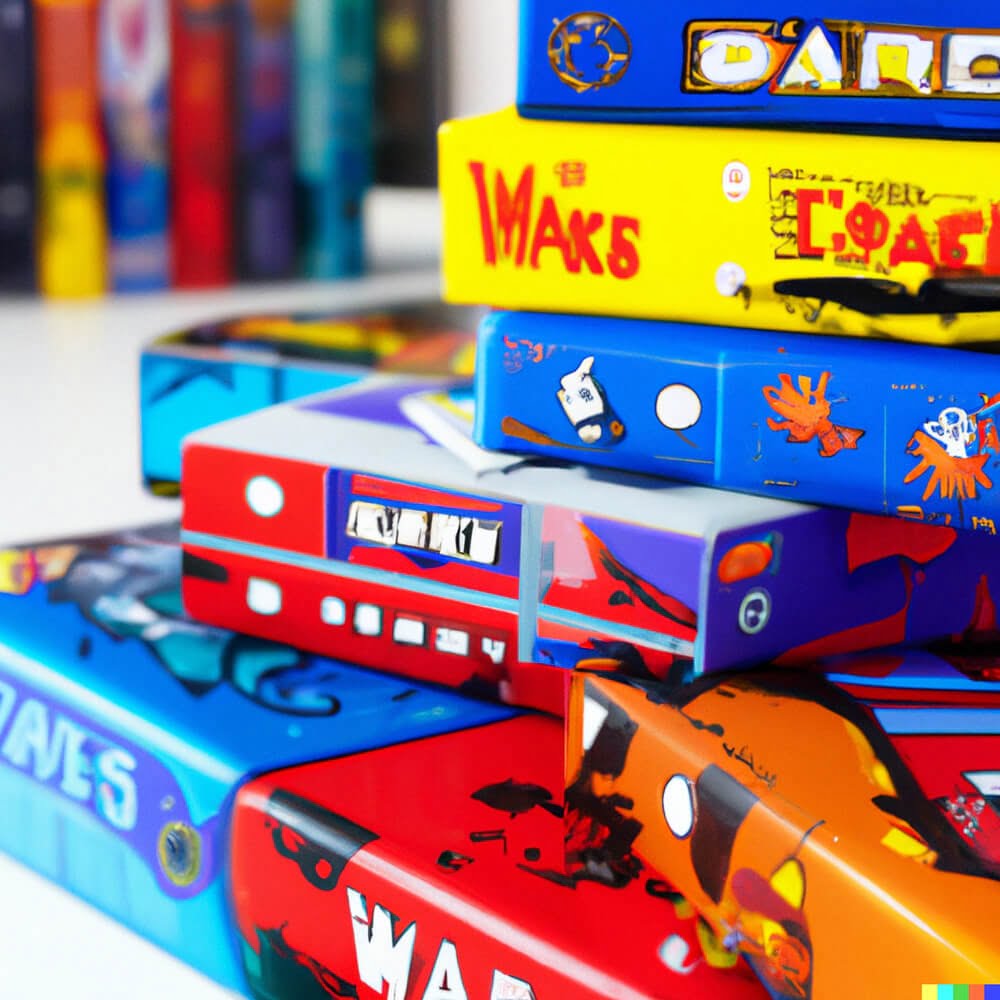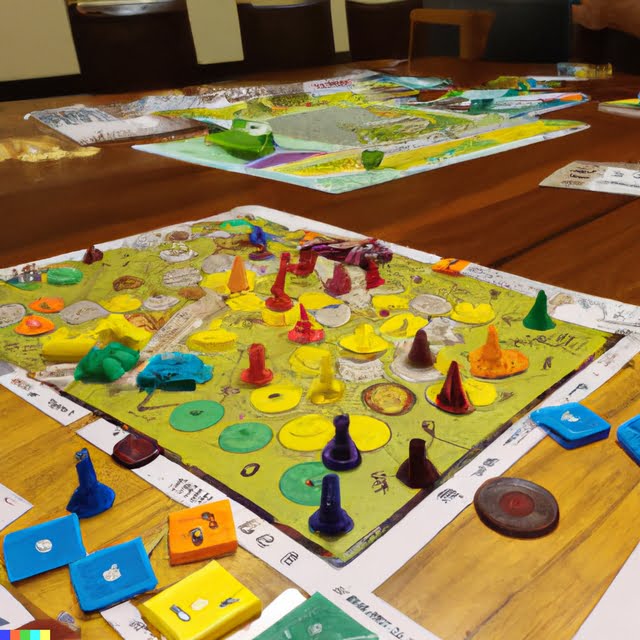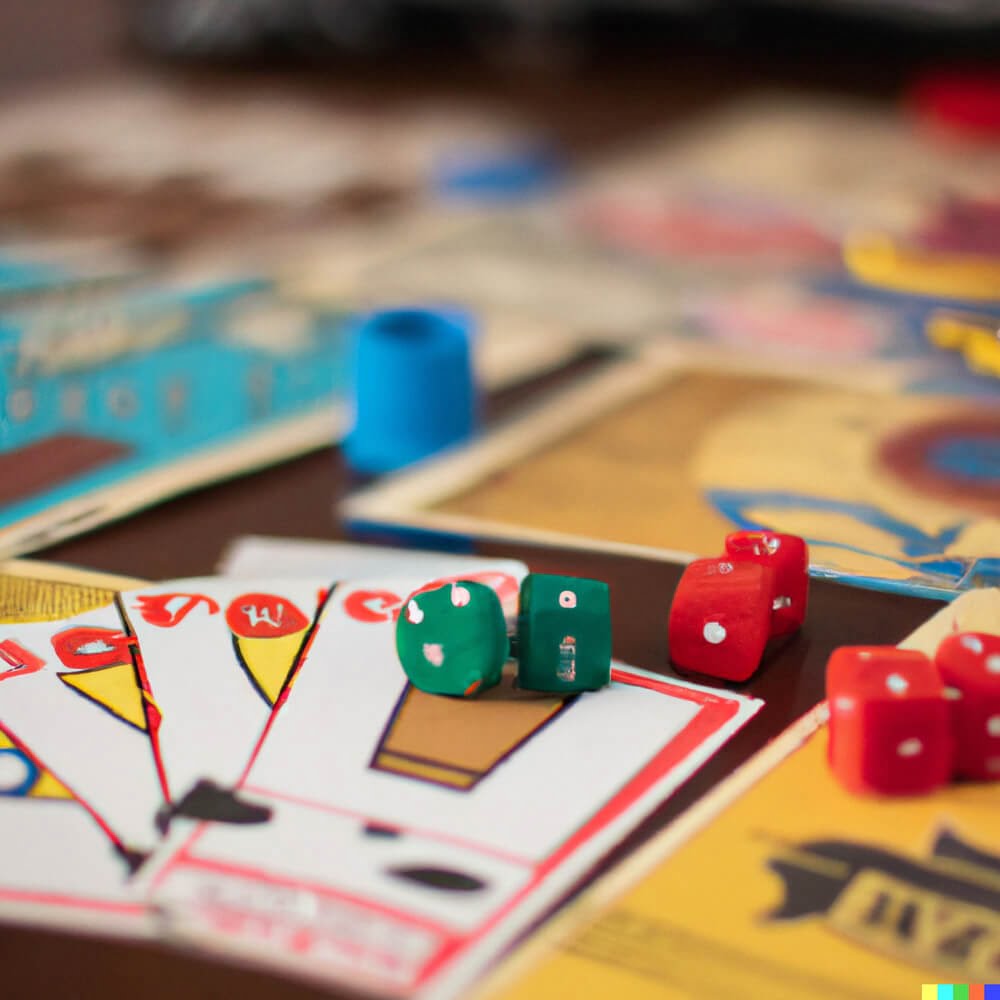Beginner Tips
1. Start with a simple design. Take the time to sketch out your figure and focus on creating a shape that won’t require too much cutting, carving, or other intricate details.
2. Choose durable materials to make your board game figures. If you’re making wood pieces, avoid softwood like pine as it can flake or gouge with repeated use. Cardboard, craft foam, and polymer clay are all great for long-lasting pieces.
3. Decide on the size of your figures and build them accordingly. This will determine how large of a game you can build from these figures. Remember that 3D printing can also be used to create larger figures quickly and easily!
4. Make sure your figurines have enough weight before painting or coating them with sealant, which could add extra bulk. Unbalanced pieces will topple over easily during game play and may not stand up straight on the board surface.
5. Once you’ve created your board game pieces, keep their storage in mind: storing smaller figurines in plastic bags with labels is often the best solution; larger wooden figures can be stored in labeled boxes or netted airtight containers to protect them from dust and dirt between uses
Tools and Equipment
Materials:
Air drying clay, sculpting tools, acrylic paint and brushes, sealant or varnish, basic art supplies (pencils, erasers, texture plates), rubber bands and/or small clamps and pins. Optional materials include epoxy resin for a more durable piece, wood clay for extra detail or shape variations, silicone molds for casting multiple figures at once.
Creative Inspiration
Making board game figures is a fun and creative way to add life to your game. With the right guidance, you can turn simple materials into detailed miniatures that will truly enhance your gaming experience. Instead of purchasing pre-made figures, why not make your own? Create designs as unique as the game itself and have fun expressing yourself through art. Here are some helpful tips for making board game figures:
Start with simple materials such as balsa wood, polymer clay or FIMO. You don’t need much – just enough to get started.
Sketch a few rough drawings of your figure ideas before beginning to create them. This will give you an idea of what you want your figures to look like in the end and help prevent costly mistakes during the construction process.
For more creative inspiration, explore online forums dedicated to figure building and check out portfolios from other figure makers for additional ideas on how to design yours. Variety is key when creating figures, so take time looking through images of diverse designs that range from classic medieval warriors to sci-fi robots before deciding on one. Additionally, consider watching tutorials or instructional videos which can provide helpful step-by-step advice on how to model and paint the figures accurately.
Troubleshooting
One of the most common challenges encountered when making board game figures is finding the right materials and supplies. Before beginning a project, it’s important to make sure you have all the necessary items, such as clay, paints, brushes, and other crafting tools. If you don’t have something specific required for the project, research what types of materials are best for what you are trying to create and purchase accordingly.
Another common challenge is deciding on how exactly to construct the figure once the necessary supplies have been acquired. 3D printing or molding could be used instead opting for a hand-crafted route when constructing a figure. With either method, make sure there’s enough planning involved so that each step is done correctly and detailed enough that it satisfies your requirements.
Time management can often be a challenge too when building board game figures manually. It’s easy to get carried away in crafting details or become overwhelmed by large scale projects, so it’s important to keep track of progress and manage time effectively during production. Break large tasks into smaller goals and timeline out each step to ensure that your model is complete on schedule!
Safety Tips
When making board game figures it is important to use basic safety measures in order to have a successful project. Wearing eye protection and protecting yourself from dangerous tools is essential. Make sure to use proper woodworking techniques, such as staying organized, securing your workspace and double-checking dimensions of each cut. Additionally, make sure to keep all of your materials”including the cutting heads on powered saws”sharpened regularly. Finally, be aware of the risk of flying objects and loose pieces that could cause harm if mishandled. By following these safety tips you can ensure that your board game figure project goes smoothly and safely.
Alternative Techniques
An alternative to using foamboard and cardboard to make board game pieces is to use polymer clay. Polymer clay is a type of modeling material that can be easily shaped into various figures. It’s available in an array of colors, allowing you to create interesting and unique-looking game pieces. After baking the figures in your oven according to the instructions on the packaging, they’ll be nice and sturdy after cooling off. You can then seal them with a protective clear coat for added durability.
Another option for making game pieces is to carve them out of wood. This technique requires more skill, as you’ll need tools like chisels and special files for carving out areas gently enough so that you don’t damage the wood too much. Sandpaper can be used for smoothing out the edges, which will also help protect your hands from getting splinters! Then, after finishing your board game figures by sealing them with a clear sealant or paint, you’ll get some fun-looking wooden figures for your games.

I love playing all kinds of games – from classics like Monopoly to modern favourites like Ticket to Ride.
I created this blog as a way to share my love of board games with others, and provide information on the latest releases and news in the industry.





